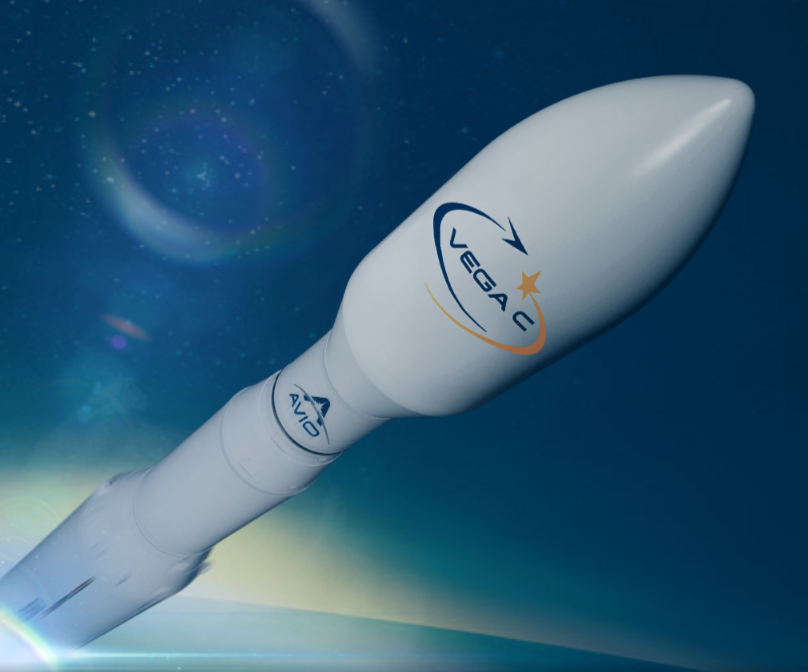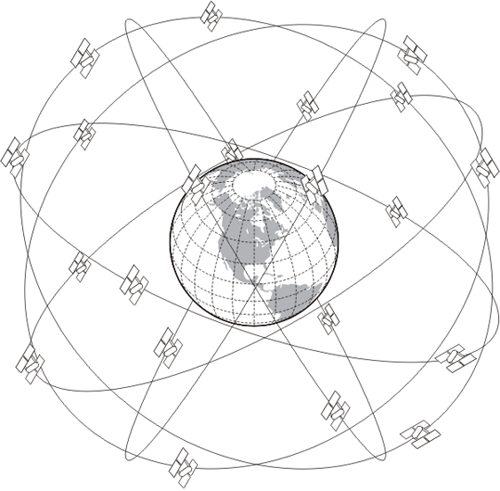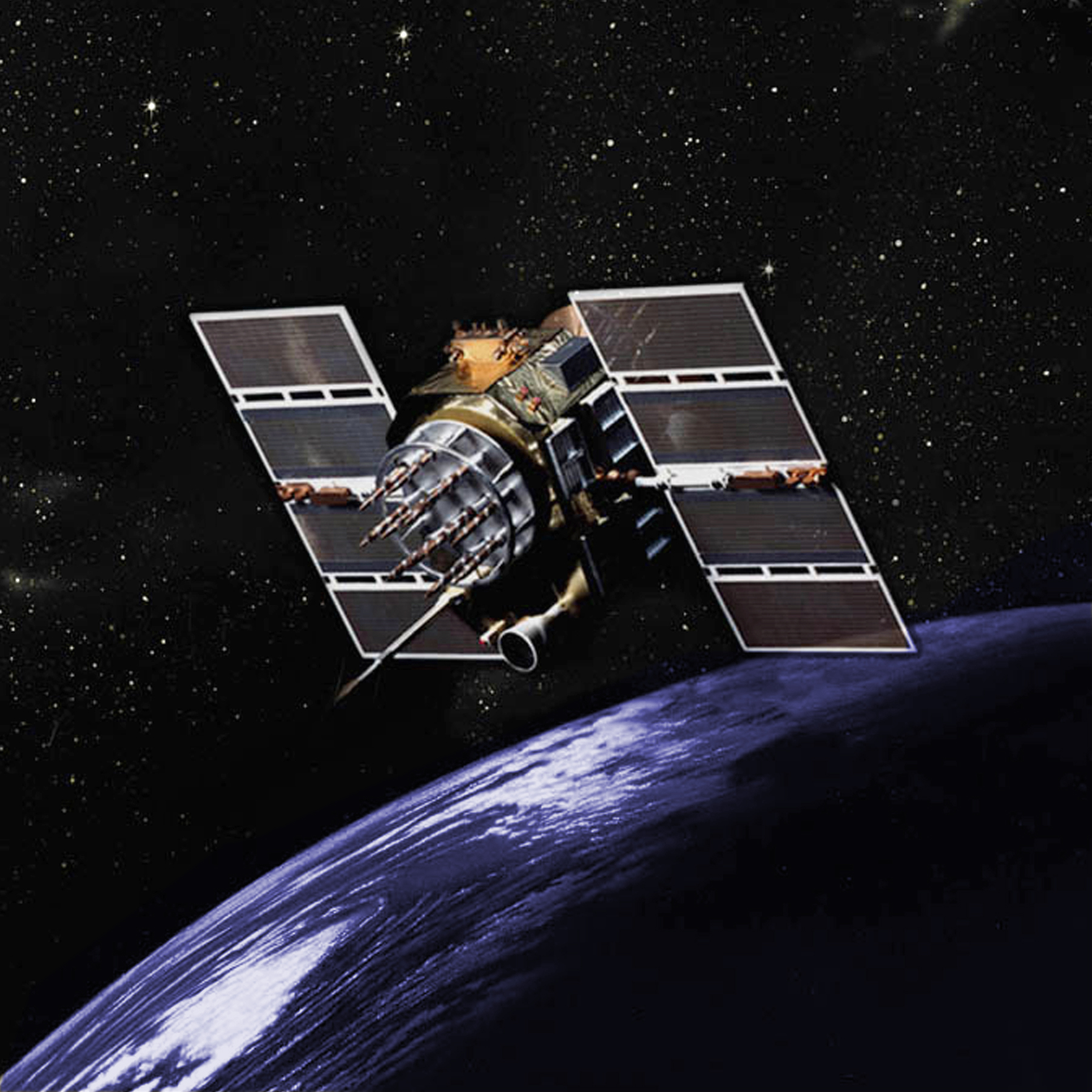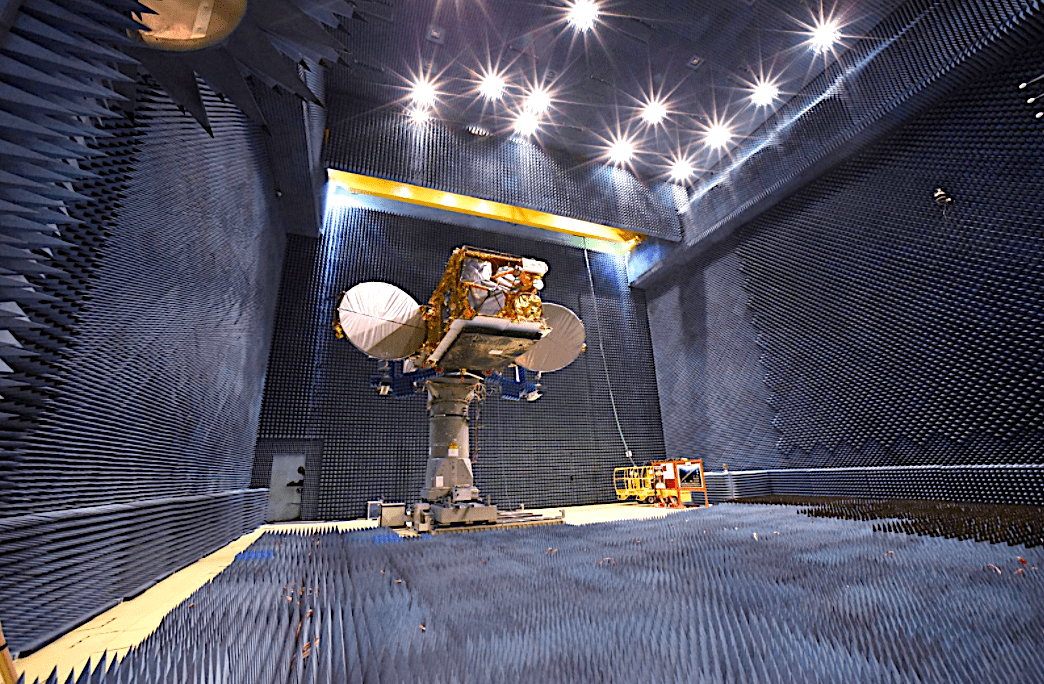Satellite Slots In Space
The notice for the allocation of new usable satellite slots spans from the need to free up unused orbital slots allocated to several African countries twenty years ago, which has been subjected to degradation and interference from other satellite networks, for other uses, as the continent needs to measure up with her contemporaries in terms of. Bermuda-based ABS, which operates six satellites, accumulated its surplus orbital slots through a variety of sources, one being the Moscow-based consortium Intersputnik. In 2014, Intersputnik.
On this page:
- Recent Developments
The GPS space segment consists of a constellation of satellites transmitting radio signals to users.
The United States is committed to maintaining the availability of at least 24 operational GPS satellites, 95% of the time.
To ensure this commitment, the Air Force has been flying 31 operational GPS satellites for the past few years.
Constellation Arrangement
GPS satellites fly in medium Earth orbit (MEO) at an altitude of approximately 20,200 km (12,550 miles). Each satellite circles the Earth twice a day.
Enlarge
Expandable 24-Slot satellite constellation, as defined in the SPS Performance Standard.
The satellites in the GPS constellation are arranged into six equally-spaced orbital planes surrounding the Earth. Each plane contains four 'slots' occupied by baseline satellites. This 24-slot arrangement ensures users can view at least four satellites from virtually any point on the planet.
The Air Force normally flies more than 24 GPS satellites to maintain coverage whenever the baseline satellites are serviced or decommissioned. The extra satellites may increase GPS performance but are not considered part of the core constellation.
Current and Future Satellite Generations
The GPS constellation is a mix of old and new satellites. The following table summarizes the features of the current and future generations of GPS satellites, including Block IIA (2nd generation, 'Advanced'), Block IIR ('Replenishment'), Block IIR-M ('Modernized'), Block IIF ('Follow-on'), GPS III, and GPS IIIF ('Follow-on').
Learn about GPS modernizationView full-size images<-- Drag table to scroll -->| Legacy Satellites | Modernized Satellites | |||
|---|---|---|---|---|
| Block IIA | Block IIR | Block IIR-M | Block IIF | GPS III/IIIF |
| 0 operational | 8 operational | 7 operational | 12 operational | 3 operational |
|
|
|
|
|


As of November 13, 2020, there were a total of 30 operational satellites in the GPS constellation, not including the decommissioned, on-orbit spares.
Recent Developments
GPS III
- Nov 5, 2020: The Space Force and its partners successfully launched the fourth GPS III satellite into orbit.
View Space Force news release - Jun 30, 2020: The Space Force successfully launched the third GPS III satellite into orbit.
View Space Force news release - Mar 2020: The Space Force accepted control of the second GPS III satellite.
View Space Force news release - Aug 2019: The Air Force successfully launched the second GPS III satellite into orbit.
View AF news release
GPS IIIF ('Follow-On')
For many, locating a parking spot is the bane of city living. Apparently motorists spend an average of 90.5 hours (four days) over the course of a year trying to find somewhere to park. Surprisingly, this is also an issue for telecommunication operators, who are increasingly struggling to find “parking spots” for their satellites in outer space.
Who Has Satellites In Space

Telecom operators are limited in their choice of parking spots because there are only 1,800 available spaces in the geostationary orbit, which is located approximately 35,786 kilometres above the Earth’s equator and revolves at the same rate as the Earth’s rotation. There are other space orbits, closer to Earth, which satellites are launched into, but they have unique advantages and disadvantages and are appropriate for different satellite uses.
Telecommunication satellites are mostly parked in the geostationary orbit because the speed of orbit allows them to appear in a fixed position in the sky. They are therefore stable for ground stations, allowing them to ensure a continuous service. Spots are limited to 1,800 because the satellites have to be safely distanced two degrees or 1,000km apart in order to avoid collisions and interference.

Consequently, there is an ongoing fight amongst telecom operators over this limited geostationary space, particularly over parking spots where the coverage area on Earth that the satellite can “see” covers market hotspots.
As telecommunication satellites are critical to so many aspects of modern life, this is a real concern. They allow sinking ships to communicate a distress signal; those living in the most rural parts of the countryside to access the internet; companies to video conference a colleague on the other side of the world; and (most importantly to some) fans to watch live football on a Saturday afternoon.
The use of telecommunication satellites have continued to increase since they were first launched in 1962. Their applications are now very much a part of day-to-day living. The loss or compromise of many of them would therefore have a major detrimental impact on the delivery of essential services and a significant impact on the functioning of the state. As the literal space for telecommunication satellites is increasingly becoming crowded, operators have to be inventive if they are to continue to find parking spots. And this inventiveness is not always very positive.
Finding a parking spot in space

Orbital slots – the “parking spots” of space – are allocated to telecom operators via national administrations (such as the UK’s OFCOM) by the International Telecommunications Union (ITU). There is no cost for an orbital slot, but allocation is on a first-come, first-served basis. If an operator’s competitor files by just a day before them, then they have priority.
Although the allocation of a slot does not come with an ownership right to the areas of space, it does grant an operator exclusive rights to the resource for the lifetime of its satellite (usually 15 years). Typically, the operators then keep refiling for the slot and replace old satellites with new ones. So, for all practical purposes, they keep the orbital slot indefinitely. This blocks other players in the market, who are left to beg, buy or lease if they need a slot that has already been allocated.
Historically, buying or leasing orbital slots involved the exchange of significant sums of money. In 1988, for example, the Kingdom of Tonga auctioned five of its six orbital slots for US$2m per year, since the capacity exceeded its own requirement. This equated to a daily cost to the buyer of the slot of approximately US$5,480, which makes hospital car parking fees seem relatively cheap in comparison.
The ITU is now far more rigorous in its checks to avoid cases such as this. They try to ensure that there are “genuine” intentions for orbital slots. Nevertheless, satellite operators regularly file for more slots than they can physically use, claiming they are insuring against risk of failure. In reality, they apply for these slots to obstruct their competitors from accessing them – or use them as bargaining chips to trade for more favourable slots.
Empty spaces
Satellite Slots In Space Shuttle
This means that lots of the parking spots in space are not actually being used, obstructing future operators and countries from entering the market. Consequently, the ITU have recently stipulated that operators have five years to bring a satellite into use (with a maximum two-year extension) before their parking spot expires. But because operators are not financially penalised for an eventual no-show of their satellite, in fact they still have nothing to lose by keeping empty spots.
This is particularly worrying given how overcrowded the geostationary orbit is becoming. The finite number of geostationary slots pushes telecommunications operators to pack as much as they can into their parking spots, stacking a number of different antennae onto a single satellite to increase capacity. But there is only so far such an approach can take you. One UK-based operator is also exploring the possibility of launching its telecom satellites into medium Earth orbit. This innovative approach is disregarded by other operators because of the high levels of radiation and the complexities resulting from the higher speed of the medium-Earth-orbit.
So the only real way for operators to overcome these restrictions is to buy other telecommunications companies. This limit on parking therefore means that there are an increasingly small number of telecommunication operators in the market. As such, calls for a complete overhaul of the regulatory framework, which was written in 1975, are growing.
Satellite Slots In Space Games
Currently, your satellite television provider is likely to be dependent on a single operator that has rights to the space above your home – and this is not helping the cost of your monthly bill.